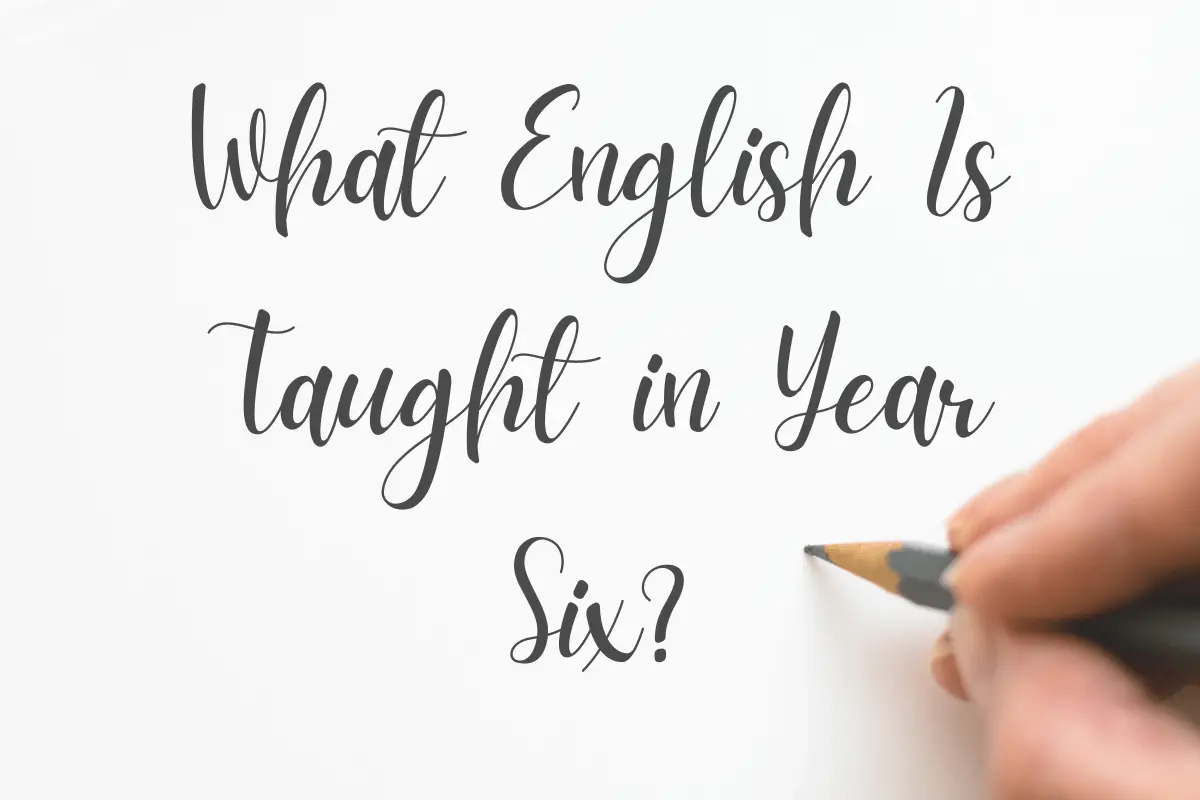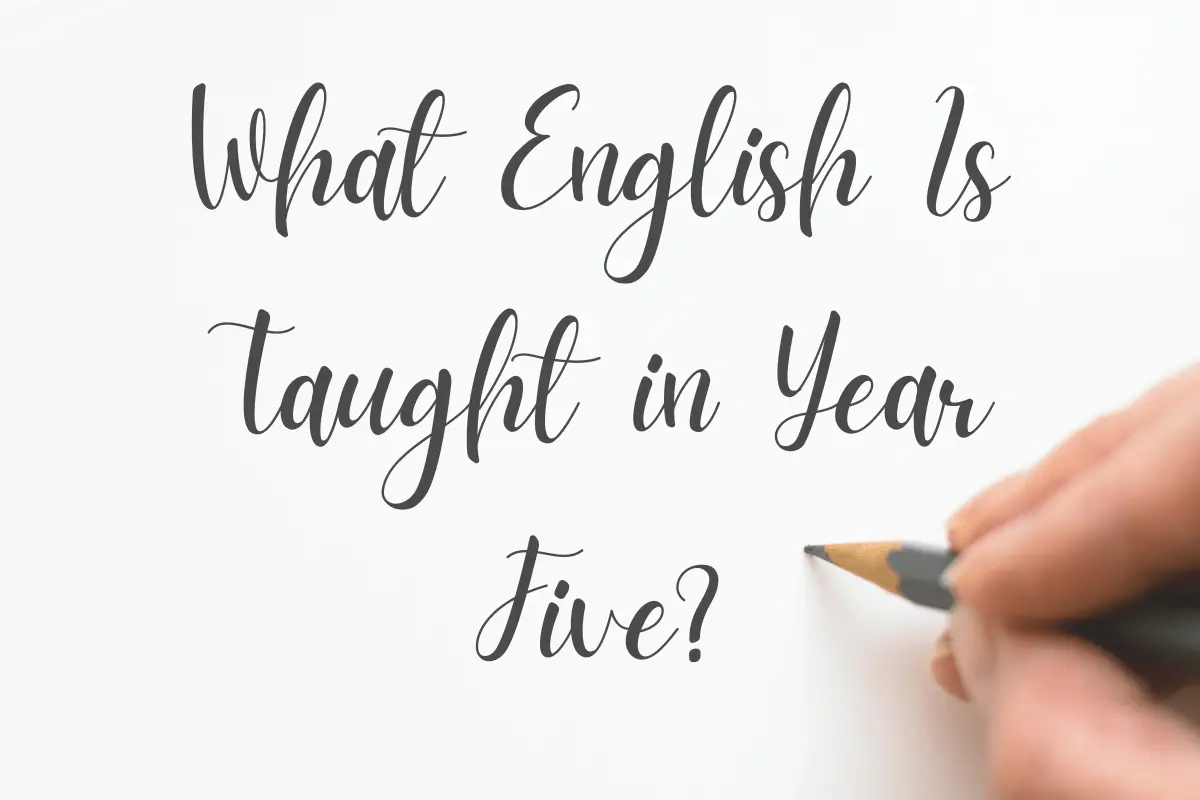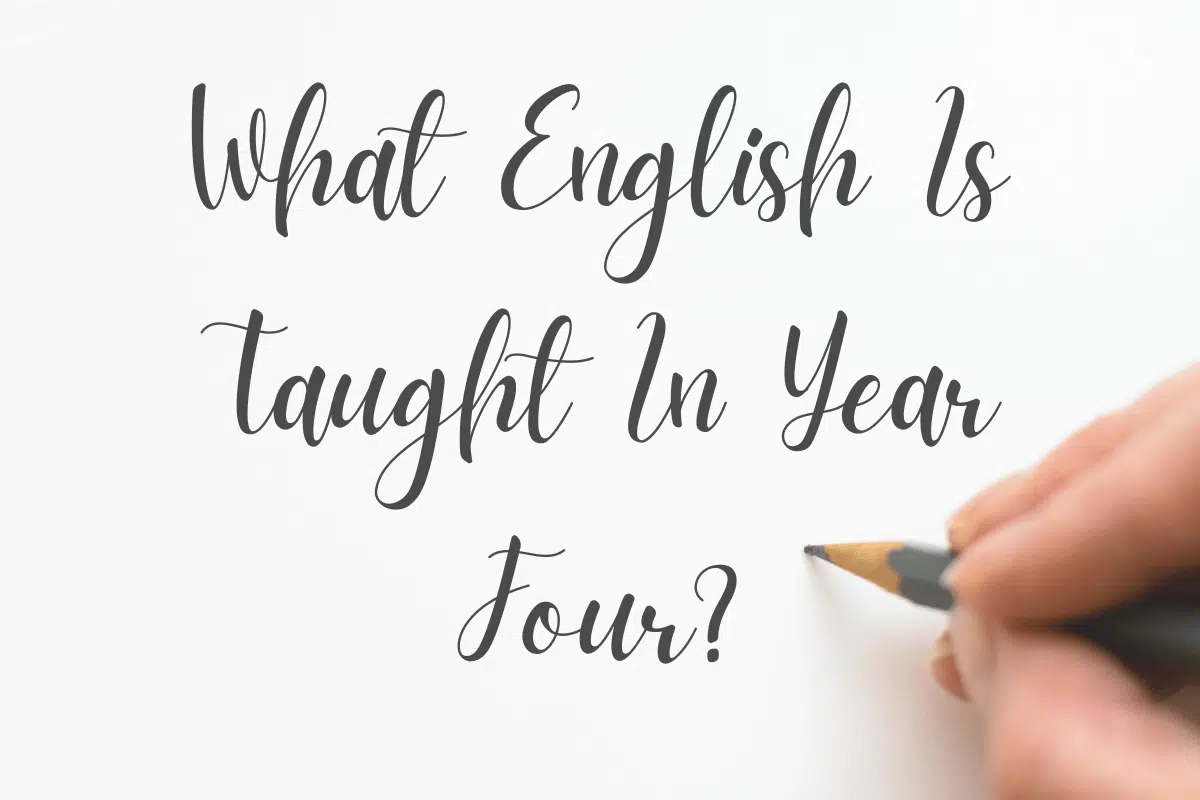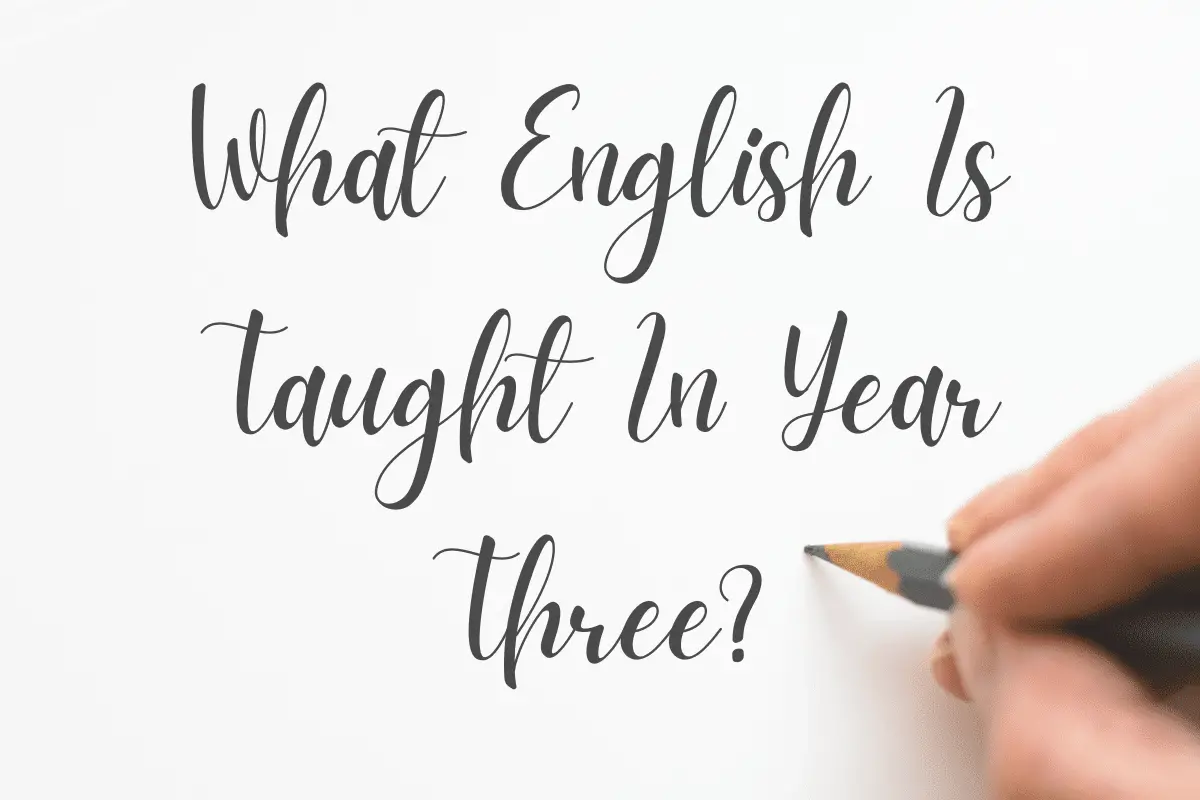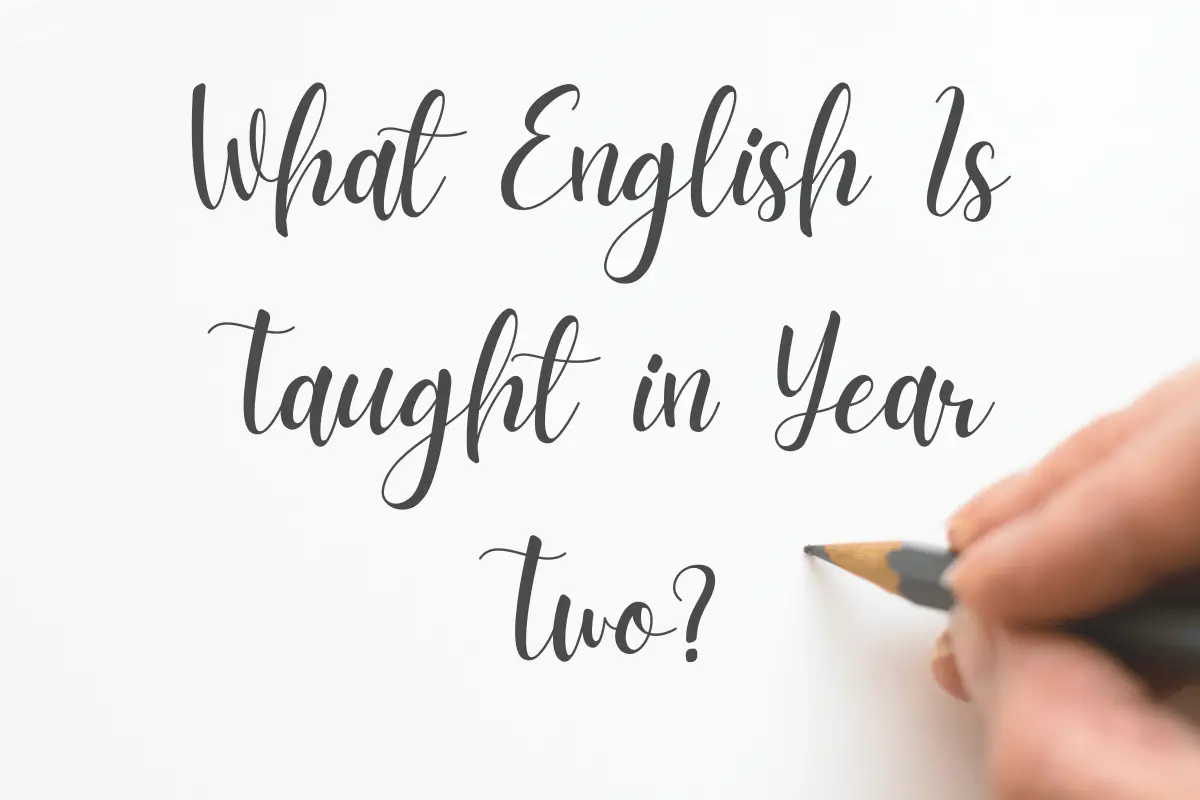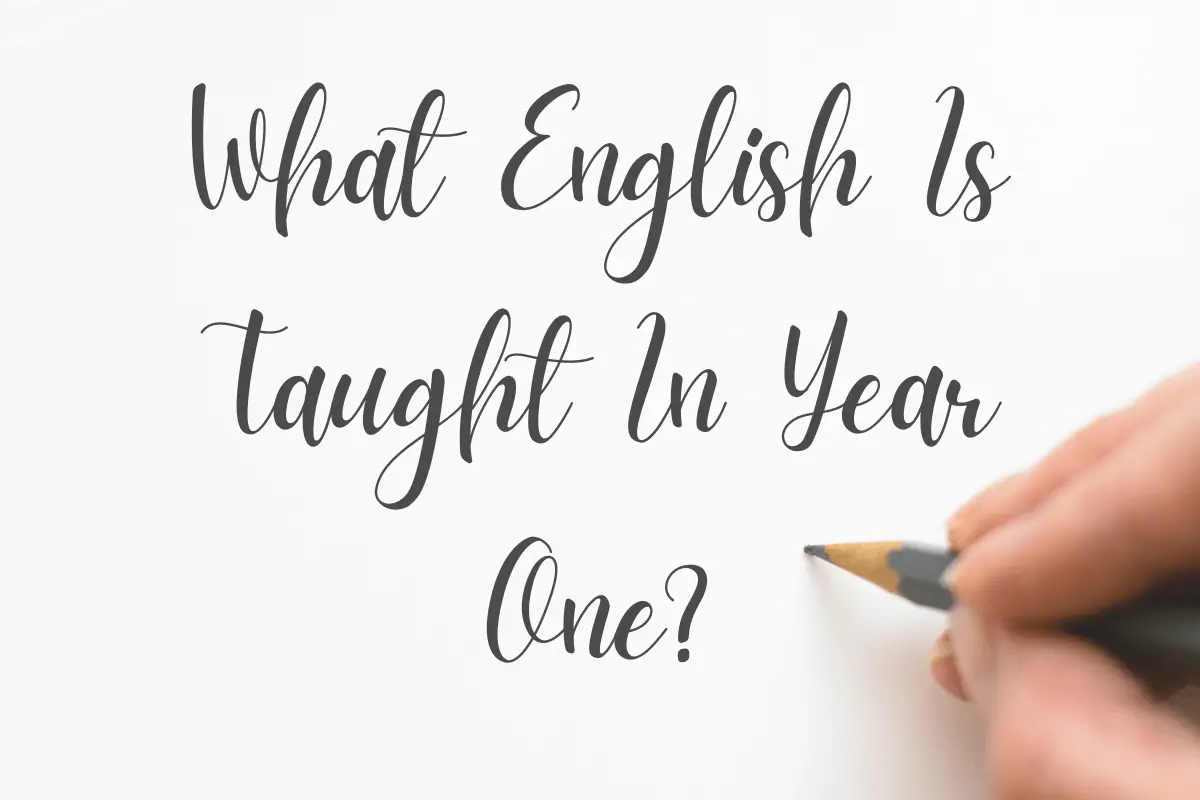Have you ever wondered how to bring your writing or classroom lessons to life? Personification examples can help do just that!
Teachers can use metaphor, symbolism and analogy to make reading more engaging by giving inanimate objects, ideas and animals human characteristics.
From classic literature like The Velveteen Rabbit and beloved children’s stories such as Winnie-the-Pooh right up to modern favourites such as Monster’s Inc., personification is an excellent way for educators to bridge the gap between books where characters come alive on the page.
In this post, we’ll look at some fantastic examples of personification from popular media so that you can inject creativity into your writing style.
Related: For more, check out our Alliteration Examples For Every Year Group article here.

100 Examples Of Personification
- The wind whispered secrets through the rustling leaves.
- The sun stretched its golden arms to embrace the day.
- Time crawled at a snail’s pace as we waited in anticipation.
- The old house groaned under the weight of its years.
- The moon cast a watchful eye over the silent earth.
- The storm clouds grumbled like an old man.
- The waves danced to the rhythm of the coastal breeze.
- The city lights winked at the night travelers.
- The shadows crept across the walls as the candle flickered its last breath.
- The mountain loomed over the valley like a stoic guardian.
- The book’s pages fluttered eagerly as the wind turned them.
- The flowers bowed their heads in the gentle rain.
- The river sang its song as it flowed over the rocks.
- The fire crackled with laughter in the hearth.
- The car engine coughed to life on a cold morning.
- The trees swayed to the music of the wind.
- The stars twinkled mischievously in the velvet night.
- The door protested with a creak as it opened.
- The clock hands marched in unison, keeping time.
- The teapot whistled a tune of readiness.
- The autumn leaves waltzed to the ground.
- The frost painted delicate patterns on the window.
- The sunflowers turned their heads to follow the sun’s journey.
- The night wrapped the world in a blanket of darkness.
- The chocolate cake’s aroma beckoned from the kitchen.
- The garden path wound lazily through the flowers.
- The kettle purred contentedly on the stove.
- The hills rolled gently across the landscape.
- The raindrops drummed a steady beat on the rooftop.
- The mirror reflected the room’s soul.
- The fog crept in on silent feet.
- The bridge arched its back over the river.
- The ice glistened like a thousand diamonds in the sun.
- The walls soaked up the room’s history.
- The tires hummed a lullaby on the smooth road.
- The pen danced across the paper, leaving a trail of words.
- The road stretched out like a lazy cat in the sun.
- The wind carved sculptures out of the snowdrifts, shaping them with an invisible hand.
- The guitar’s strings whispered the melody of an old love song.
- The sun’s rays kissed the dew-covered grass, waking it gently.
- The thunder roared like an angry lion in the distance.
- The cactus stood like a lonely sentinel in the desert.
- The old gate greeted every visitor with a squeak and a groan.
- The night sky draped itself over the world, studded with starry jewels.
- The mountains reached up to brush the soft underbelly of the sky.
- The brook babbled stories of its journey to anyone who would listen.
- The clock’s face blushed as the seconds ticked by, always watched.
- The rain’s fingers tapped on the window, beckoning me to look outside.
- The fog whispered ghostly tales as it shrouded the town.
- The forest held its breath as the hunters passed through.
- The abandoned barn sagged with sorrow, missing its former glory.
- The coffee’s aroma wrapped around me like a warm scarf.
- The train tracks snaked through the countryside, connecting towns like stitches.
- The fireworks exploded with joy, celebrating the night.
- The willow’s branches swirled in a graceful dance with the wind.
- The ocean’s waves clapped against the shore in applause.
- The apple’s skin blushed red in the sun’s warm gaze.
- The ivy hugged the walls of the old schoolhouse.
- The piano’s keys giggled as little fingers stumbled over them.
- The sun dipped its toes into the horizon before taking the plunge into night.
- The stairs moaned under the weight of heavy footsteps.
- The blanket of snow muffled the sounds of the forest creatures.
- The roses’ petals unfurled like secrets being told.
- The bell tower announced the hour with a throaty chime.
- The path knew the soles of many shoes, guiding each traveler’s journey.
- The wind’s fingers tousled my hair playfully.
- The moonbeam’s brush painted a silver path across the water.
- The tires gripped the road like a firm handshake.
- The candle flame danced and twirled in a private performance.
- The candle flame danced and twirled in a private performance, casting a warm glow on the room’s secrets.
- The morning stretched and yawned, casting off the shadows of the night.
- The mailbox stood at attention, guarding the day’s news and secrets.
- The skyscrapers reached for the clouds, yearning to touch the sky.
- The bread’s crust crackled with laughter as it cooled on the windowsill.
- The curtains billowed like sails on a ship, charting a course through the ocean of air.
- The computer hummed a steady rhythm, orchestrating the symphony of digital tasks.
- The keys on the keyboard clicked like tap dancers on a stage.
- The hills wore a cloak of green, lush and vibrant against the sky.
- The sun’s last rays stroked the horizon lovingly, saying goodbye to the day.
- The shadows played hide and seek as the streetlights flickered to life.
- The river wrapped the city in a watery embrace, a liquid ribbon tying it together.
- The wind’s howl was a symphony of nature’s raw power.
- The moon’s pale light draped the world in a gown of ghostly beauty.
- The bookshelf groaned under the weight of stories untold.
- The coat rack greeted each garment with a wooden hug.
- The wine’s bouquet danced gracefully in the glass, a prelude to taste.
- The guitar’s body resonated with the heartbeats of melodies past.
- The velvet night sky wore a tiara of twinkling stars.
- The tree’s branches scratched at the sky, itching to leave their mark.
- The clouds sailed across the sky, a fleet of ships on a voyage to the unknown.
- The popcorn’s aroma leapt from the bowl, inviting moviegoers to partake.
- The lawn’s green blades stood at attention, an army of nature’s soldiers.
- The stadium’s seats echoed with the ghosts of cheers and victories.
- The paintbrush swept across the canvas, a conductor directing its colors.
- The alarm clock screamed its wake-up call, a relentless drill sergeant.
- The teacup cradled the warmth, a porcelain nest for comfort.
- The chocolate melted on the tongue, whispering sweet nothings.
- The swing set swayed back and forth, cradling the laughter of children in its arms.
- The ice skated across the glass, chilling the drink with a cold caress.
- The attic stored memories in its dusty corners, holding them close like treasured keepsakes.
Related: For more, check out our How To Fix Grammar Mistakes here.
| Personification Example | Object or Concept Personified | Human Characteristic Attributed | Literary Work or Origin | Purpose/Effect |
|---|---|---|---|---|
| The wind whispered through the trees. | Wind | Whispering | Common literary phrase | To evoke a sense of peace and gentleness in nature |
| Time crawls when you’re waiting anxiously. | Time | Crawling | Common expression | To emphasize the slow passage of time during periods of anticipation |
| The flowers danced in the breeze. | Flowers | Dancing | Common literary phrase | To create a visual of movement and liveliness in the garden |
| The sun greeted me this morning. | Sun | Greeting | Common expression | To convey warmth and a welcoming feeling from the morning sun |
| The city sleeps at night. | City | Sleeping | Common literary phrase | To describe the quiet and stillness of an urban area after dark |
| The fire swallowed the entire forest. | Fire | Swallowing | Common literary phrase | To emphasize the destructive and consuming nature of fire |
| The car complained as the key turned in its old ignition. | Car | Complaining | Original example | To suggest the car is reluctant to start, often due to age or disrepair |
| The thunder grumbled like an old man. | Thunder | Grumbling | Common literary phrase | To compare the sound of thunder to a human’s murmur of discontent |
| The chocolate cake was calling my name from the countertop. | Chocolate cake | Calling | Original example | To express a strong desire or temptation towards the cake |
| The alarm clock yells at me every morning. | Alarm clock | Yelling | Original example | To personify the alarm clock as being disruptive or annoying |
This table provides a variety of examples where personification is used to give human qualities to objects or abstract concepts, enhancing the imagery and emotional connection in both literary and everyday language.
Using Personification Examples In Description
Example 1:
The sun slowly rose over the horizon, its warm rays embracing the world below. The sky was painted with hues of pink and orange as if it were blushing at the sight of the sun’s arrival.
The clouds lazily drifted by like fluffy white pillows floating on a gentle breeze. In the distance, I could hear the trees whispering to each other, their leaves rustling in excitement for a new day. The birds sang sweetly in the morning air, melodies like a symphony that only nature could compose.
Walking along the path, I couldn’t help but feel that everything around me was alive and thriving with energy. It was as if Mother Nature had awakened from her slumber and was ready to greet us all with open arms.
Example 2:
The city was alive with energy as the sun began to set. The skyscrapers reached towards the sky like eager children trying to touch the clouds. The traffic flowed like a river, each car jostling for position like fish swimming upstream.
The neon lights blinked and flashed like dancers moving to an unseen beat. The smell of fresh pizza wafted through the air, tempting passersby with its delicious aroma.
The sound of music drifted down from open windows, filling the streets with melody and rhythm. Even the graffiti on the walls seemed alive, telling stories of rebellion and creativity. It was where anything could happen, and dreams could be made or broken instantly.
Example 3:
The sun slowly crept over the horizon, its warm fingers stretching across the sky. The birds chirped happily, their voices like a symphony filling the air with music. The flowers turned their faces towards the sun, basking in its golden glow as if worshipping it.
The trees swayed gently in the breeze, their branches reaching out to embrace each other as old friends reunited.
The clouds lazily drifted by overhead, their fluffy bodies taking on all sorts of shapes and sizes as if they were putting on a show just for me.
The waves crashed against the shore, their powerful bodies slamming into the sand with such force that I could feel it in my bones. It was as if nature had come alive before me, each element dancing and singing perfectly.
In this paragraph:
“The sun slowly crept up” is an example of personification because it suggests that the sun has human-like qualities (in this case, the ability to move slowly).
The birds chirped happily” is an example of personification because it suggests that the birds can feel emotions (happiness).
“The flowers turned their faces towards the sun” is an example of personification because it suggests that the flowers have human-like features (faces) and actions (turning).
“The trees swayed gently” is an example of personification because it suggests trees can move.
“The clouds lazily drifted by overhead” is an example of personification because it suggests that clouds have human-like qualities (laziness) and actions (drifting).
“The waves crashed against the shore” is an example of personification because it suggests that waves are capable of aggressive action (crashing).
Related: For more, check out our How To Use Exclamation Marks Correctly here.
Teaching Ideas For Personification
1. Introduce the concept: Explain to students that personification is a literary device used in writing to give human qualities or characteristics to objects, animals, or ideas.
2. Provide examples: Show students examples of personification in literature and poetry to help them understand how this style of writing works.
3. Practice exercises: Have students practice writing their sentences using personification to help them better grasp how to use the technique.
4. Discuss: Ask questions about how personification can be used in different types of writing and how it affects the meaning and imagery of a piece.
5. Group work: Assign groups of students to write stories or poems with personification as the central theme. Have groups present their work to the class and discuss what they have learned about personification.
6. Creative writing: Encourage students to use personification in their creative writing projects, such as short stories, poems, and novels. Provide feedback on how well they use personification and how it can be improved.
7. Apply to other subjects: Personification can also be used in other areas of study, such as history and science. Have students devise examples of how personification can apply to different subjects.
Personification Resources
Here are five websites that have resources about personification, along with a summary of their content and the relevant links:
- Literary Devices: Personification – This article on Literary Devices explains what personification is and provides examples of it in literature. It also discusses the purpose of using personification in writing and how to use it effectively. Link
- Poetry Foundation: Personification – The Poetry Foundation offers an overview of personification in poetry, including examples from famous poets like William Shakespeare and Emily Dickinson. The article also explores the history of personification as a literary device. Link
- ThoughtCo.: Understanding Personification in Literature – This article from ThoughtCo. Provides a comprehensive guide to understanding personification in literature. It covers topics such as the definition of personification, different types of personification, and how to analyze its use in literature. Link
- Literary Terms: Personification Examples – Literary Terms offers a list of examples of personification from various works of literature, including poems, novels, and short stories. Each model explains how the author uses personification to enhance their writing. Link
- Study.com: What is Personification? – Study.com provides a video lesson that explains what personification is and demonstrates its use through several examples from literature and everyday language. The lesson also includes a quiz to test your understanding of the topic. Link

Isn’t it remarkable how personification can breathe life into our writing and classroom lessons? We can create engaging, relatable narratives that captivate our readers or students by bestowing human characteristics upon inanimate objects, ideas, and animals.
From timeless classics like The Velveteen Rabbit to modern favorites such as Monsters Inc., personification is a powerful tool that helps bridge the gap between the page and the reader’s imagination. Can you visualize the magical world of talking toys, thinking cars, or feeling forests that this literary device can conjure?
As we’ve explored in this post, personification is not just a literary device but a gateway to creativity and engagement. You can transform your writing or teaching style from mundane to magical with a sprinkle of imagination, a dash of creativity, and a good dose of personification.
Isn’t it inspiring to consider the transformative journey you could embark upon with personification? So why wait? Start experimenting with this versatile literary device today, and watch as your words transform into a vibrant tapestry of characters that leap off the page!
FAQ
Q1: What exactly is personification?
A1: That’s an excellent starting point! Personification is a literary device that attributes human characteristics to non-human entities like animals, objects, or abstract ideas. Can you imagine giving a sunset the ability to blush or a tree the capacity to whisper?
Q2: Why is it essential to teach personification in the classroom?
A2: Great question! Personification enhances students’ understanding of literature, fosters creativity, and helps them engage in complex thoughts. Can you envision the vibrant stories your students could create using personification?
Q3: Could you provide some examples of personification from popular literature?
A3: Absolutely! Consider The Velveteen Rabbit, where the titular toy rabbit comes to life, or Winnie-the-Pooh, where the animal characters exhibit human-like emotions and behaviours. Can you see how these examples make the narrative more engaging and relatable?
Q4: How can I introduce personification to my students?
A4: A good starting point is to discuss examples from their favorite books or films. You can also have them experiment with personification in their own writing. Can you visualize the excitement as your students explore this new literary device?
Q5: What are some activities that can help students practice personification?
A5: There are many creative ways to practice personification. Students could write dialogues for inanimate objects, create stories where animals behave like humans, or even draw pictures depicting personified objects. Can you sense the fun and learning these activities could bring to your classroom?
Q6: How can personification enhance students’ overall writing skills?
A6: By using personification, students learn to express their ideas creatively, making their writing more engaging and vivid. Can you perceive how this could elevate their writing to a whole new level?

